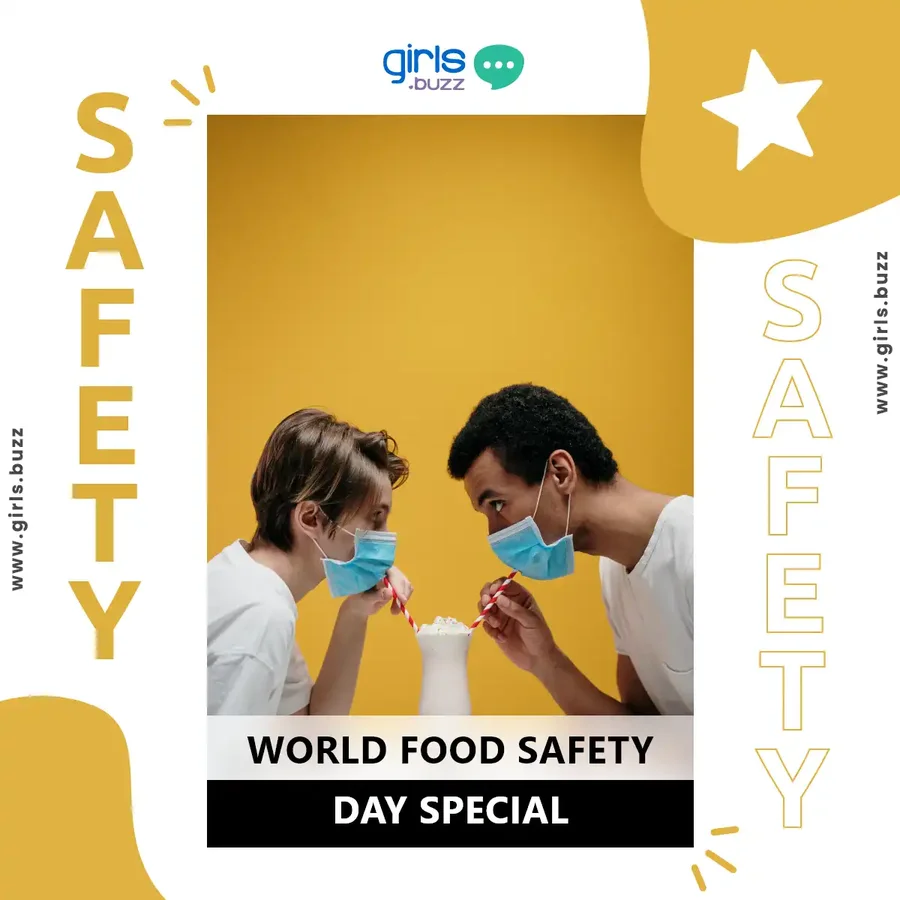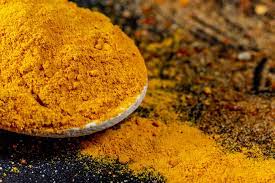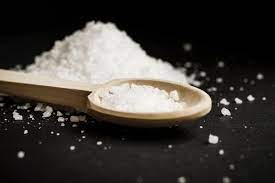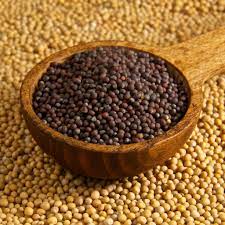World food safety day: How food adulterations can affect women's health & how to detect?
4 minuteRead

By Samyati Mohanty
Adulteration is a severe problem in India, putting many people's health at risk. Adulteration can exist in every product. Starting from our regular consumables, it proceeds on to our life saving drugs. Even infants' milk products have sometimes not been spared by the sinners. Food is one of the most basic need for survival. The importance of a pure, fresh, and healthy food for people's health cannot be overstated. It's no exaggeration to argue that community health is a national treasure. Food is a vital sustaining factor in man's daily needs. Food preparation is as varied and rich as a man's taste, ranging from the most basic dish to the most sophisticated haute cuisine. Adulterants have been added to food as a result of the temptation of money and general apathy for humans, ranging from simple stones in rice to the more damaging brick and boric powder.
What is the definition of food adulteration?
The act of adding or mixing poor quality, inferior, hazardous, substandard, worthless, or unnecessary components to food is known as food adulteration. Food adulteration is the act of tampering with the nature or quality of food. Food items, pharmaceuticals, veggies, paste, lotions, well-known brand products, and so on and so forth are examples of adulteration.
How are women affected?
People who consume such contaminated food may have stomach distress and other health problems as a result of this adulteration. More than 20% of patients who visit a doctor, a clinic, or a hospital have consumed such tainted food and food products, in my opinion.
Adulterated food is dangerous since it can be toxic and affect one's health, as well as deprive a person of nutrients necessary for appropriate growth and development. The worst thing is that some tainted foods can lead to cancer, the most deadly disease. Furthermore, many pregnant women who drank such tainted food experienced miscarriages as a result of poor foetus growth, and in some severe cases, the women died while delivering their babies.
Toxicity can also result in miscarriage or an undesired pregnancy termination. Adulteration can sometimes reach such a high level of intensity that it causes food illness. This spreads to the foetus in pregnant women, which can result in stillbirth or early birth. One of the most important problems in Indian society is food adulteration. Despite different controls and punishments, the problem persists as a major obstacle. The worst thing is that folks who participate in such filthy behaviour sometimes do not even leave infants' milk products or life-saving medicines behind.
Adulterants in Food: How to Spot Them?
Here are some simple home tests to help you discover common food adulterants in your regular diet:
- TURMERIC POWDER OR BESAN/DALS:
Test: To test, mix a tablespoon of turmeric powder or besan with 20 mL lukewarm water. Add any common household acid, such as lemon (acetic acid), oranges (citric acid), or any ascorbic acid (vitamin C fruits). The water is contaminated if it turns pink, violet, or purple.
Adulterants: Metanil yellow, Kesari dal;
Harmful effects: It's very carcinogenic and, if ingested often, can cause stomach problems.
- COMMON SALT
Test: Mix a sample with a glass of water for a test. The salt will dissolve and the chalk powder will settle.
Adulterant: Chalk powder
Harmful effects: Extremely poisonous to the human body.
- HONEY
Test: A cotton wick dipped in pure honey will burn when ignited with a matchbox/lighter, indicating purity; however, if it is contaminated, the water content will prevent it from burning.
Adulterant: Water/sugar solution
Harmful effects: Affects the product's quality.
- COFFEE POWDER
Test: by gently sprinkling coffee powder on the surface of a glass of water. The coffee will float, whereas the chicory will sink in a matter of seconds. Because of the enormous amount of caramel in chicory powder, it will leave a trail of colour when it falls.
Adulterants: Tamarind seeds, chicory powder, etc.
Harmful effects: Diarrhea, gastrointestinal problems, giddiness, and severe joint pains are all possible side effects.
- MUSTARD SEEDS:-
Test: Argemone seeds are white on the inside and have a rough outer surface when pressed or crushed, whereas mustard seeds are smooth on the outside and yellow on the inside when pressed or crushed.
Adulterants: Argemone seeds.
Harmful effects: It has the potential to cause serious stomach and liver problems.
- BLACK PEPPER
Test: Put a sample of alcohol in the test. Because papaya seeds are lighter, they will float whereas pepper seeds would sink.
Adulterant: papaya seeds
Harmful effects: It can cause serious liver problems.
- BAJRA
Test: Soak all the adulterants in water and see if they float.
Adulterants: ergot-infested bajra
Harmful effects: Affects the product's quality as well as health. seen in legumes too.
- SAGO
Test: Burn the sago to see if it is pure; if it is, it will swell and leave little ash. It will produce a lot of ash if it is tampered with.
Adulterants: talcum powder/sand
Harmful effects: The human body will get highly poisonous.
Write, Record and Answer! Consume Unlimited Content! All you need to do is sign in and its absolutely free!
Continue with one click!!By signing up, you agree to our Terms and Conditions and Privacy Policy.





















